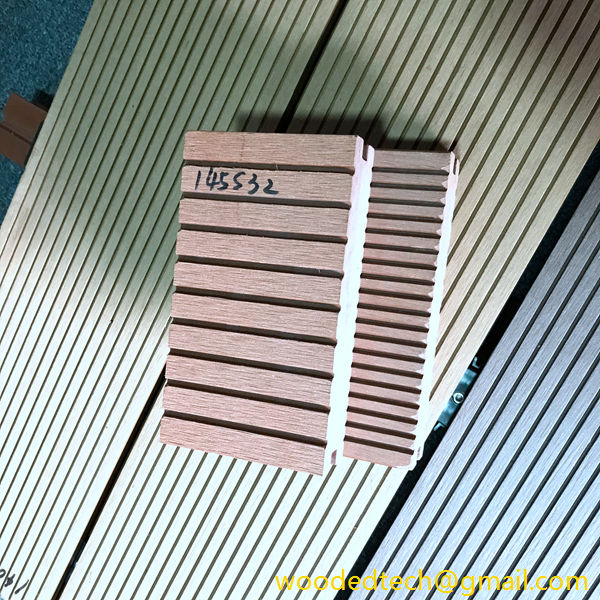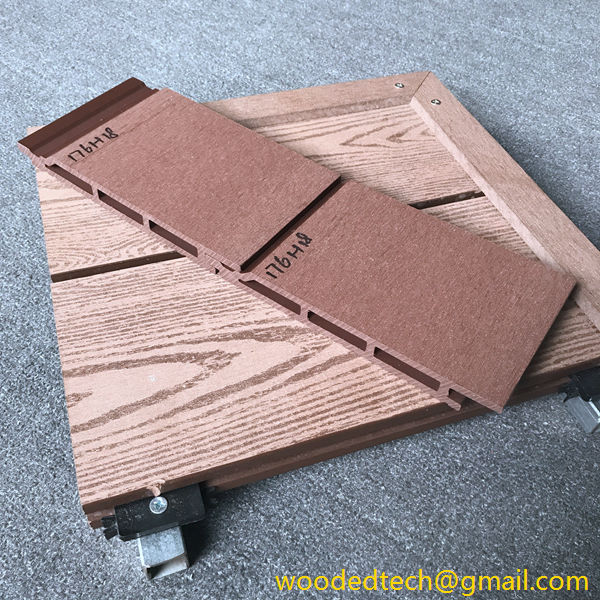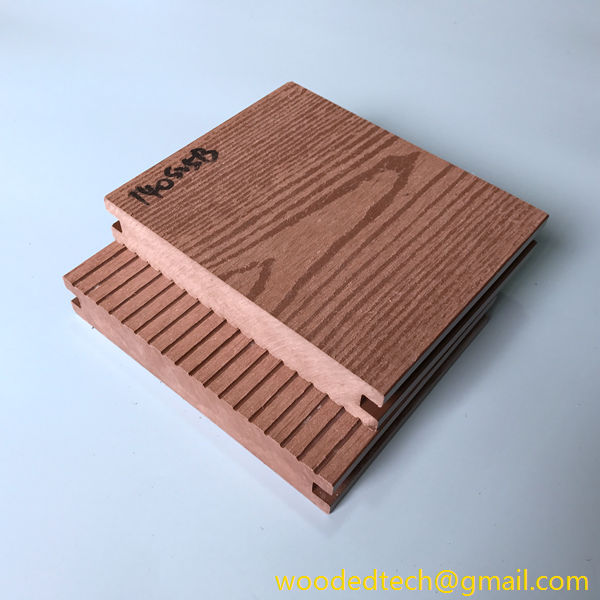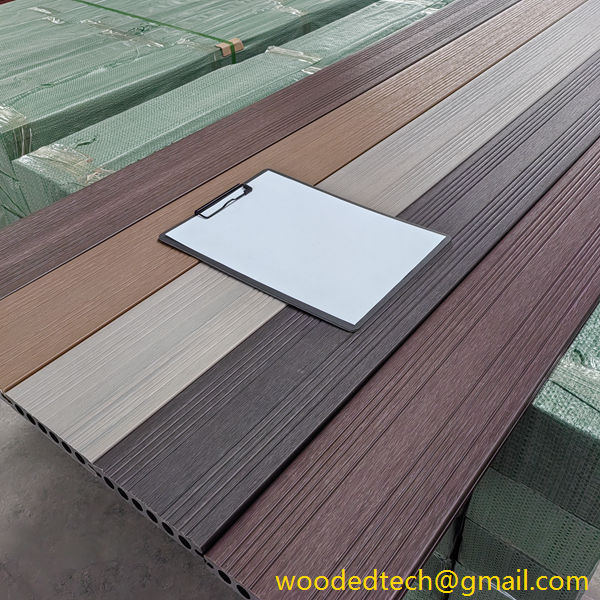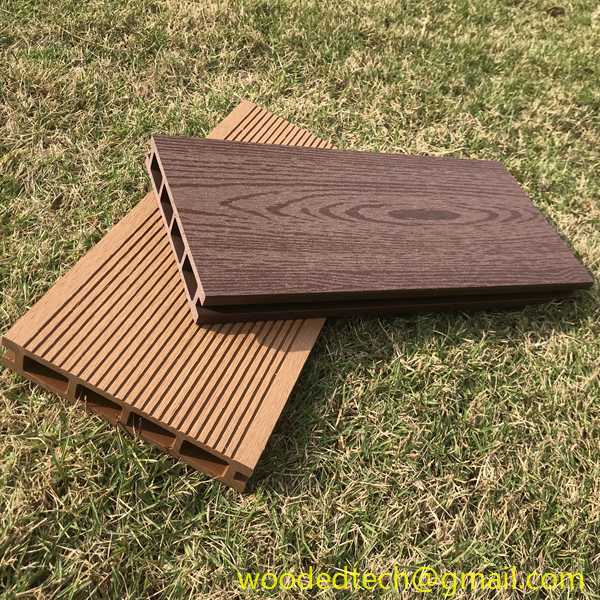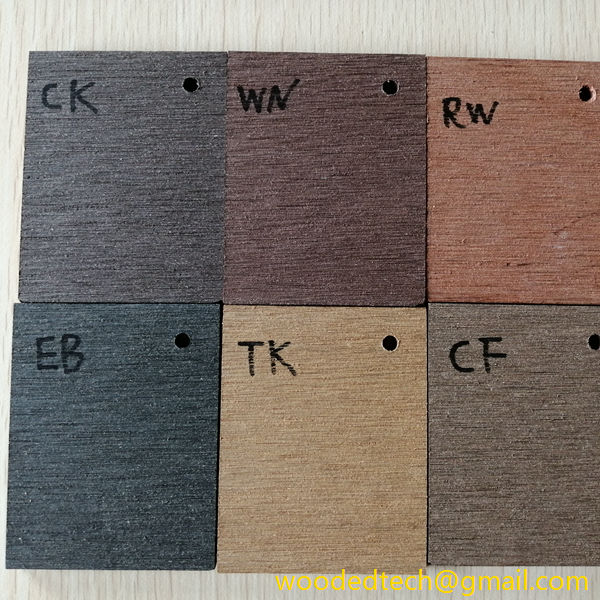What Does WPC Mean in Flooring and Its Significance
Wood Plastic Composite, commonly referred to as WPC, has emerged as a significant player in the flooring industry due to its unique composition and numerous advantages. This innovative material is made from a blend of wood fibers, plastic, and various additives that enhance its durability and aesthetic appeal. The rise of WPC flooring is closely tied to its global production capacity and pricing strategies, which have made it an attractive option for both manufacturers and consumers.
The global production capacity of WPC has expanded rapidly in recent years, driven by several factors. One of the primary reasons for this growth is the increasing demand for sustainable and eco-friendly building materials. As consumers become more environmentally conscious, the flooring industry has responded by developing products that utilize recycled materials and have a reduced impact on the environment. WPC fits this trend perfectly, as it combines wood, which is a renewable resource, with plastics, often derived from recycled materials. This blend not only reduces waste but also contributes to a lower carbon footprint when compared to traditional flooring options.
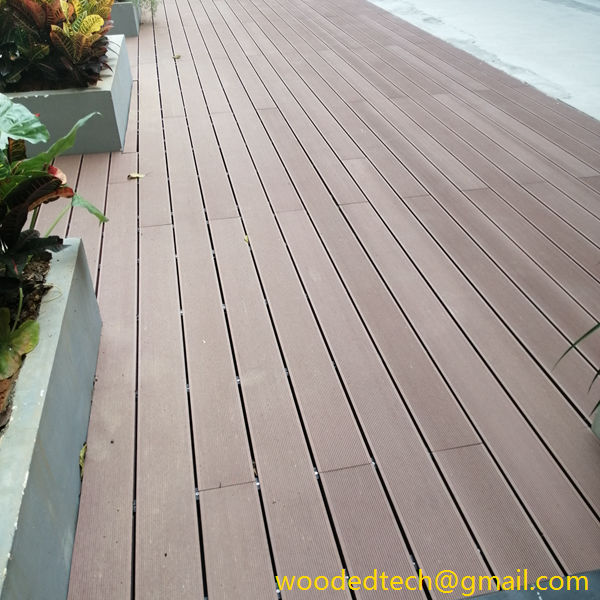
Moreover, the technological advancements in the manufacturing process of WPC have significantly improved its quality and durability. These innovations have led to the production of WPC flooring that is resistant to moisture, mold, and pests, making it suitable for various applications, including residential, commercial, and industrial environments. The ability to tailor the properties of WPC flooring through different formulations has also allowed manufacturers to cater to diverse market needs, further driving production.
From a pricing perspective, WPC flooring offers a compelling advantage over traditional hardwood and laminate options. The cost of raw materials for WPC is often lower than that of solid wood, which can be affected by fluctuations in timber prices. Additionally, the manufacturing process for WPC can be more efficient, resulting in lower labor costs and reduced production time. This pricing structure enables manufacturers to offer WPC flooring at competitive prices, making it an appealing choice for budget-conscious consumers.
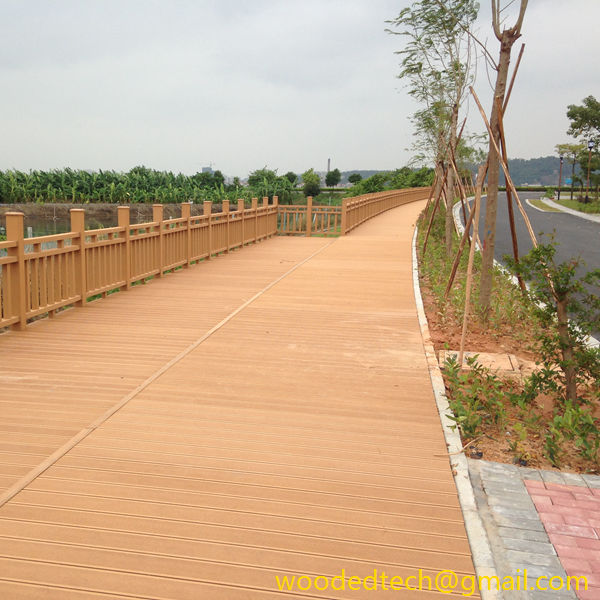
The significance of WPC in the flooring market is underscored by its ability to provide a balance between quality, aesthetics, and cost. WPC flooring is available in a wide variety of styles, colors, and finishes, allowing consumers to achieve the look of natural wood without the associated maintenance challenges. Unlike traditional hardwood, WPC does not require regular sealing or refinishing, making it a low-maintenance option for busy households. This attribute is particularly attractive to young families and professionals who seek both beauty and practicality in their flooring choices.
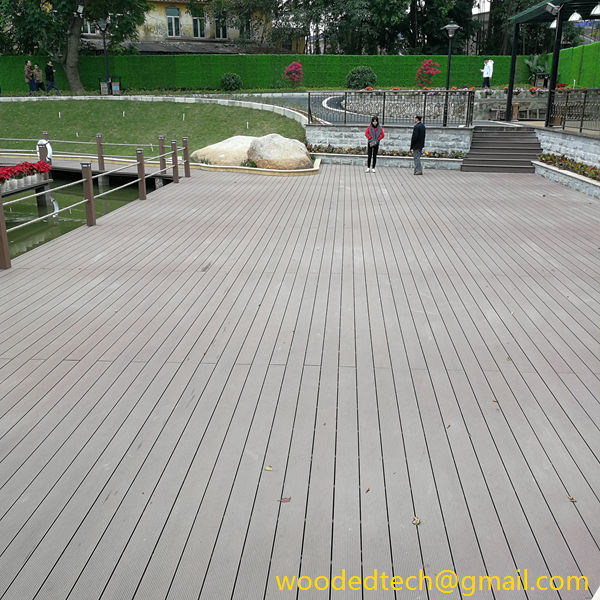
Furthermore, the growing trend towards open-concept living spaces has increased the demand for versatile flooring solutions. WPC flooring can seamlessly transition between different areas of a home, contributing to a cohesive design aesthetic. Its resilience and ease of installation make it an ideal choice for both new constructions and renovation projects, further solidifying its position in the market.
In addition to residential applications, WPC flooring is gaining traction in commercial settings. Businesses are increasingly opting for WPC due to its durability and ease of maintenance, making it suitable for high-traffic areas such as retail stores, restaurants, and offices. The ability to customize WPC products to meet specific design requirements allows businesses to create inviting environments that reflect their brand identity while benefiting from the practical advantages that WPC offers.
As the flooring industry continues to evolve, the significance of WPC is likely to grow. With ongoing advancements in technology and an increasing focus on sustainability, manufacturers are expected to refine and expand their WPC product lines. This evolution will further enhance the appeal of WPC flooring, solidifying its status as a leading choice for consumers around the globe.
In conclusion, WPC flooring represents a significant innovation in the flooring industry, characterized by its unique composition and numerous advantages. The global production capacity of WPC has expanded rapidly, driven by increasing demand for sustainable materials and technological advancements. From a pricing perspective, WPC offers a cost-effective alternative to traditional hardwood and laminate options. Its low-maintenance nature, aesthetic versatility, and suitability for both residential and commercial applications make it a popular choice among consumers. As the flooring market continues to develop, WPC is poised to play an even more critical role in shaping the future of flooring solutions.

